Timor-Leste: Southeast Asia’s Best-Kept Secret
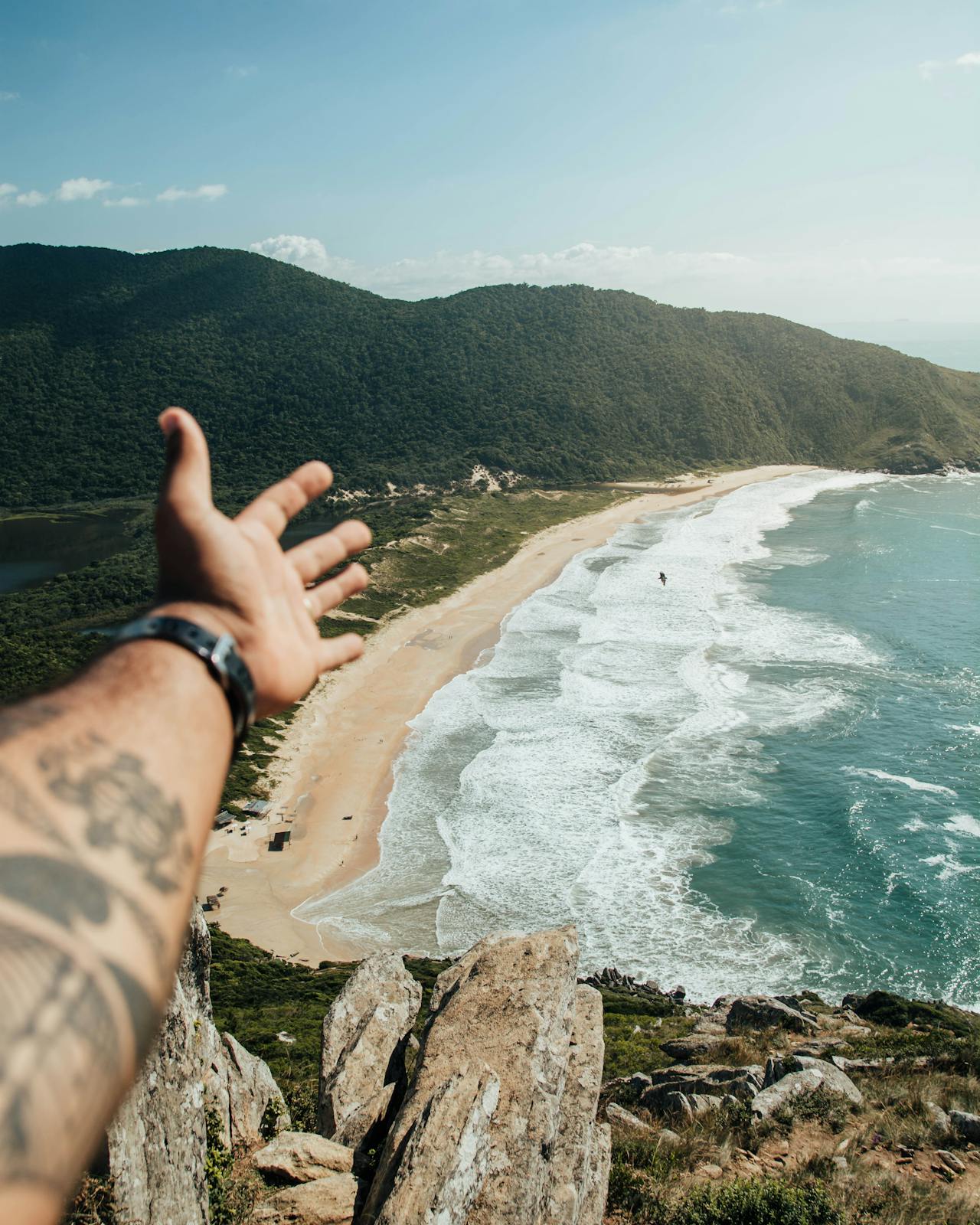
Timor-Leste, or East Timor, is a hidden gem of Southeast Asia offering untouched beaches, rich culture, coral reefs, and dramatic mountains. Experience authentic adventure, world-class diving, and genuine hospitality in this off-the-beaten-path destination.
Timor-Leste: Southeast Asia’s Best-Kept Secret
Tucked away in the far eastern corner of Southeast Asia lies Timor-Leste, also known as East Timor, a country many travelers have yet to discover. Gaining independence only in 2002, this young nation is one of the world’s least explored tourist destinations — but those who do visit are rewarded with pristine beaches, world-class scuba diving, rugged mountains, and a deep, proud cultural heritage.
Timor-Leste offers an unfiltered travel experience — untouched by mass tourism, raw in beauty, and deeply authentic. It’s a place where local fishermen still use traditional boats, coral reefs remain unspoiled, and you can trek through mountains without crossing paths with another soul.
📍 Where Is Timor-Leste?
Located on the eastern half of Timor Island, just north of Australia, Timor-Leste is bordered by Indonesia to the west and surrounded by the Timor Sea and the Banda Sea. It includes the main landmass and the exclave of Oecusse, plus smaller islands like Atauro and Jaco.
The country is a blend of Southeast Asian and Portuguese influences, offering something truly unique on the travel map.
🏙️ Dili – The Capital with Coastal Charm
Dili, the capital of Timor-Leste, is a laid-back coastal city with a friendly atmosphere. While not bustling with nightlife or skyscrapers, it offers charming markets, cafes, and a scenic coastline.
Top things to see in Dili:
-
Cristo Rei of Dili – A 27-meter-tall statue of Jesus atop a hill overlooking the sea. Hike the 500 steps for sweeping views.
-
Timorese Resistance Archive & Museum – Learn about the country's long struggle for independence.
-
Tais Market – Discover handmade traditional woven fabrics called tais, rich in symbolism and color.
-
Dili Beach – Enjoy local grilled seafood and serene sunsets.
Despite its capital status, Dili feels more like a small town than a major city — and that’s part of its charm.
🏝️ Atauro Island – Diving Paradise
A short boat ride from Dili lies Atauro Island, one of Timor-Leste’s best-kept secrets. This island is home to:
-
Some of the richest coral reef biodiversity on the planet.
-
Incredible scuba diving and snorkeling sites, including walls and pinnacles.
-
Local eco-resorts and community homestays for immersive cultural stays.
The waters around Atauro are warm, crystal-clear, and teeming with marine life, from clownfish to dolphins and even whales during migration seasons.
🌄 Jaco Island – Untouched Eden
Located on the eastern tip of the country, Jaco Island is an uninhabited paradise within Nino Konis Santana National Park.
-
White-sand beaches and turquoise waters.
-
No development — no resorts, no shops, no internet.
-
Sacred to locals; overnight stays are not permitted, preserving its purity.
Visiting Jaco feels like stepping into a postcard. It’s perfect for day trips, swimming, and photography.
🏞️ Mountains & Trekking Adventures
Timor-Leste is a mountainous country. The highlands offer cool temperatures, rugged terrain, and stunning panoramas.
Popular trekking regions:
-
Mount Ramelau (Tatamailau) – The highest peak in Timor-Leste (2,986m). Sunrise hikes are popular and spiritually significant.
-
Ainaro and Maubisse – Colonial-era towns with coffee farms, guesthouses, and access to trekking trails.
-
Baucau – The second-largest city, surrounded by cliffs, caves, and scenic rural landscapes.
If you love off-the-grid hiking and adventure, Timor’s interior is your haven.
☕ Coffee Culture
Timor-Leste produces some of the world’s finest organic Arabica coffee, grown in the mountains using traditional methods. Coffee lovers can:
-
Tour local farms.
-
Taste different single-origin beans.
-
Support local cooperatives, like Café Timor or Cooperativa Café Timor (CCT).
Coffee is not just a drink here — it’s a national passion and key export.
🎭 Culture & People
Timorese culture is a fusion of Austronesian, Melanesian, and Portuguese traditions. Despite centuries of colonialism and conflict, the people are proud, peaceful, and welcoming.
-
Languages: Tetum and Portuguese are official, but many also speak Bahasa Indonesia and local dialects.
-
Religion: Predominantly Catholic with strong tribal influences in rural customs.
-
Festivals: Independence Day (May 20) is a huge celebration, along with sacred rituals honoring ancestors in rural villages.
Music, dance, and story-telling are vital aspects of community life.
🍛 Cuisine of Timor-Leste
Timorese food is simple, hearty, and reflects its cultural mix.
Top dishes to try:
-
Ikan Sabuko – Grilled mackerel with tamarind marinade.
-
Feijoada – Portuguese-style stew of beans and pork.
-
Batar Da’an – Corn, pumpkin, and beans.
-
Tukir – Traditional rice-based sweets.
Seafood is fresh and abundant. Street stalls and local warungs offer authentic flavors at budget-friendly prices.
📅 Best Time to Visit
-
Dry Season: May to November (ideal for hiking, diving, and road travel).
-
Wet Season: December to April (some roads may become inaccessible).
Dry season is best for all-around travel, but diving is good year-round due to calm waters.
🧳 Travel Logistics
-
Capital: Dili
-
Currency: US Dollar (USD)
-
Visa: Visa on arrival available for most nationalities
-
Transportation: Public buses (microlets), taxis, and scooters for rent
-
Internet: Patchy in remote areas
-
Safety: Very safe for travelers; low crime and friendly locals
💡 Why Visit Timor-Leste?
-
Off-the-beaten-path adventure with no tourist crowds.
-
World-class diving and snorkeling.
-
Incredible hiking and untouched mountain villages.
-
Unique blend of Southeast Asian and Portuguese culture.
-
Supporting a young country growing its tourism ethically and sustainably.
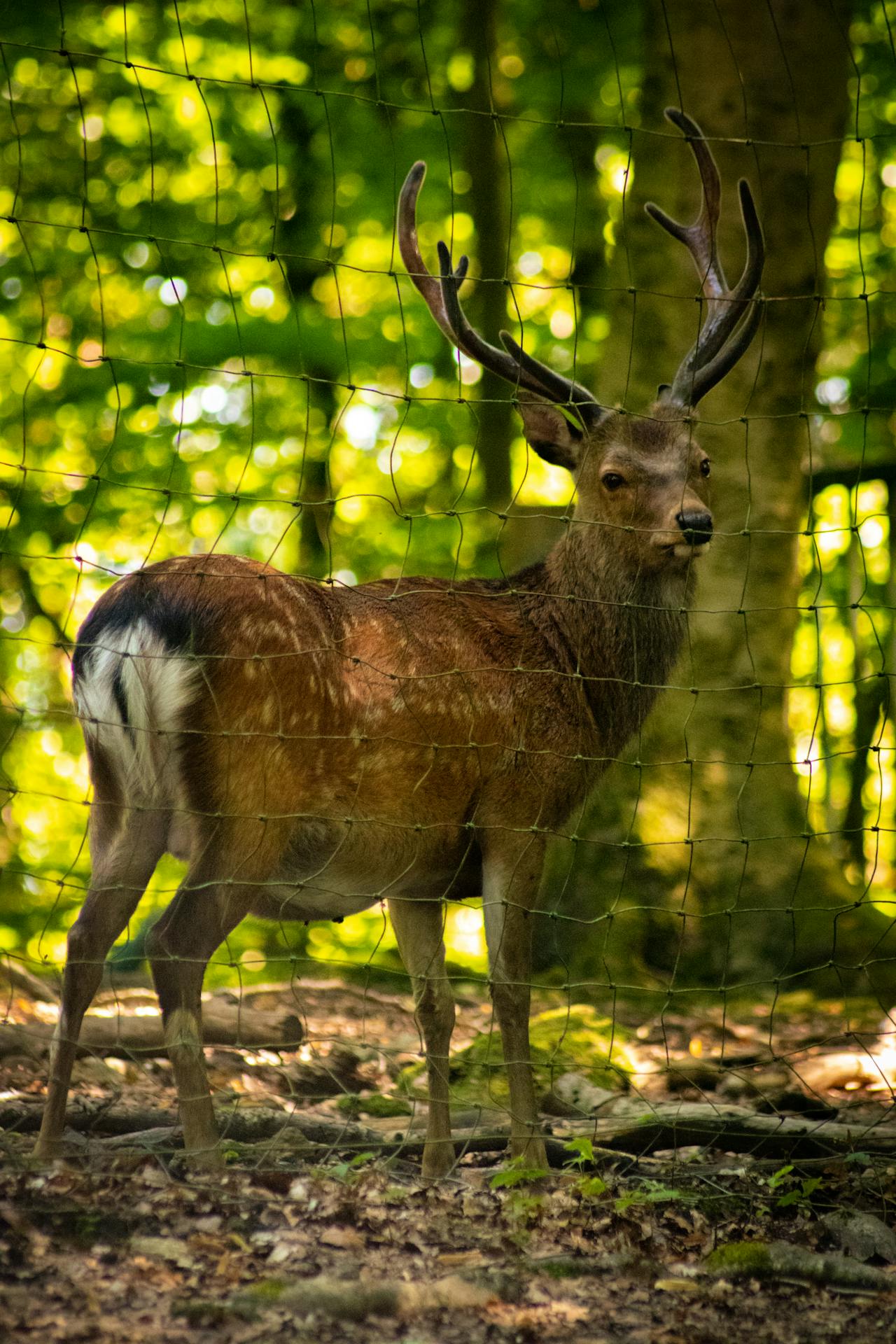
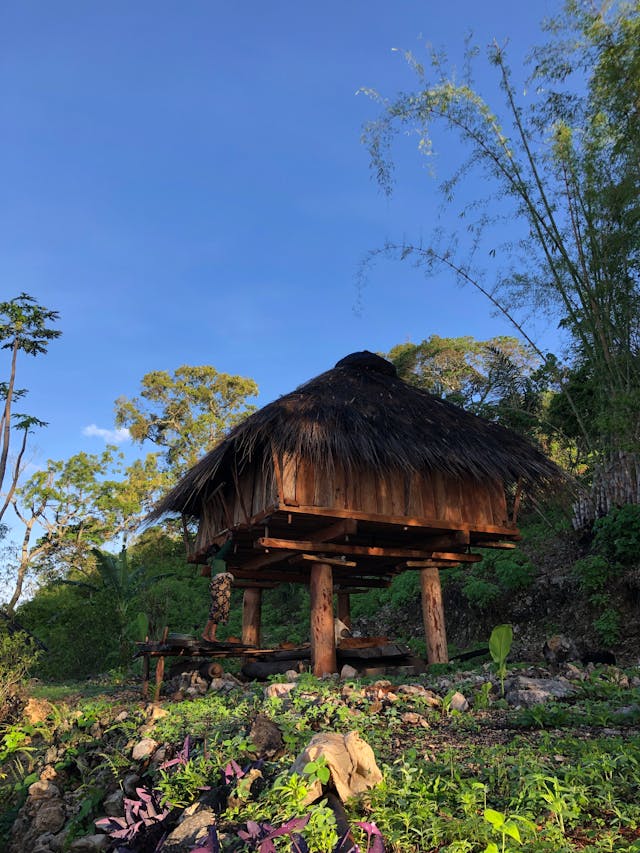
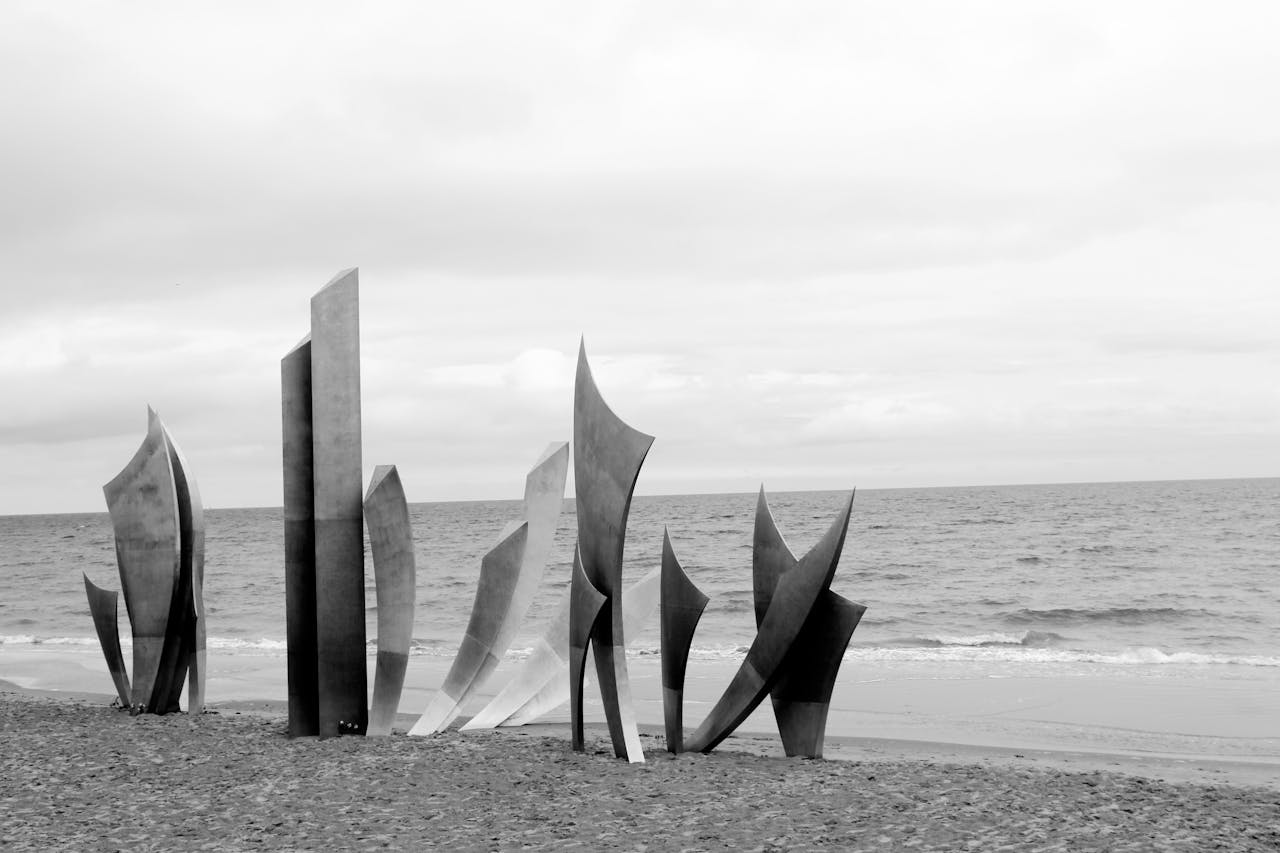
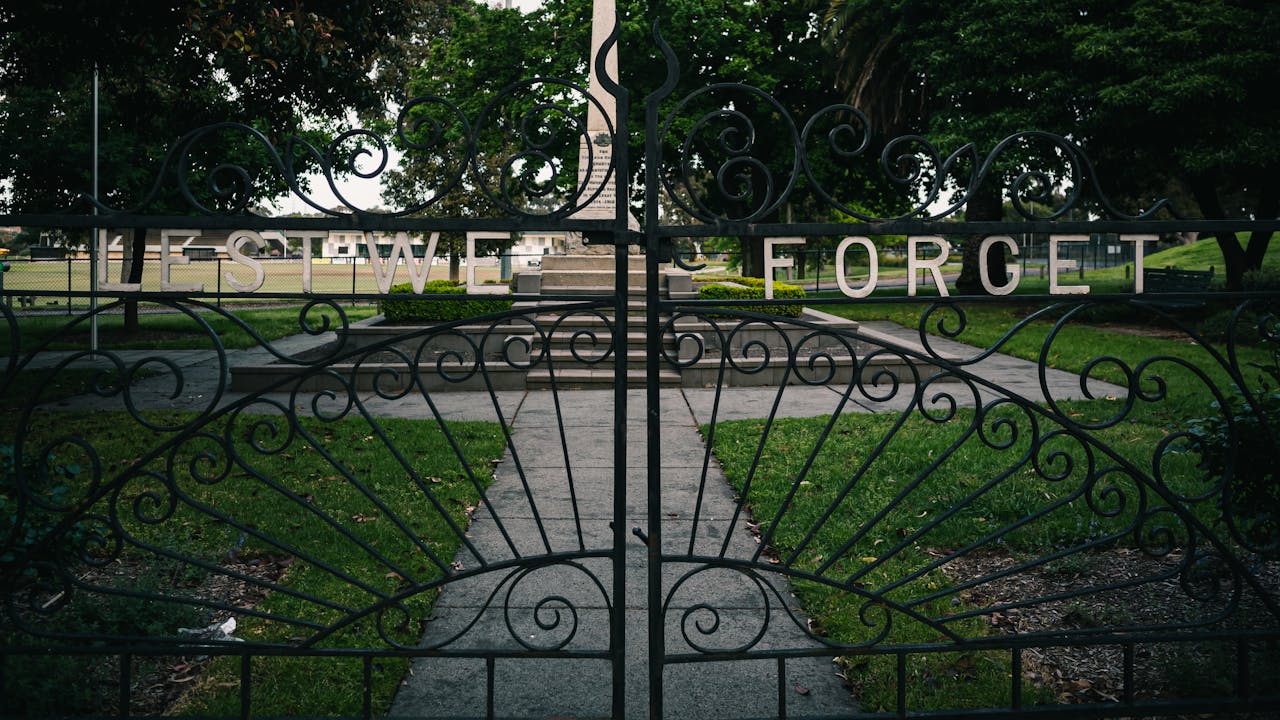
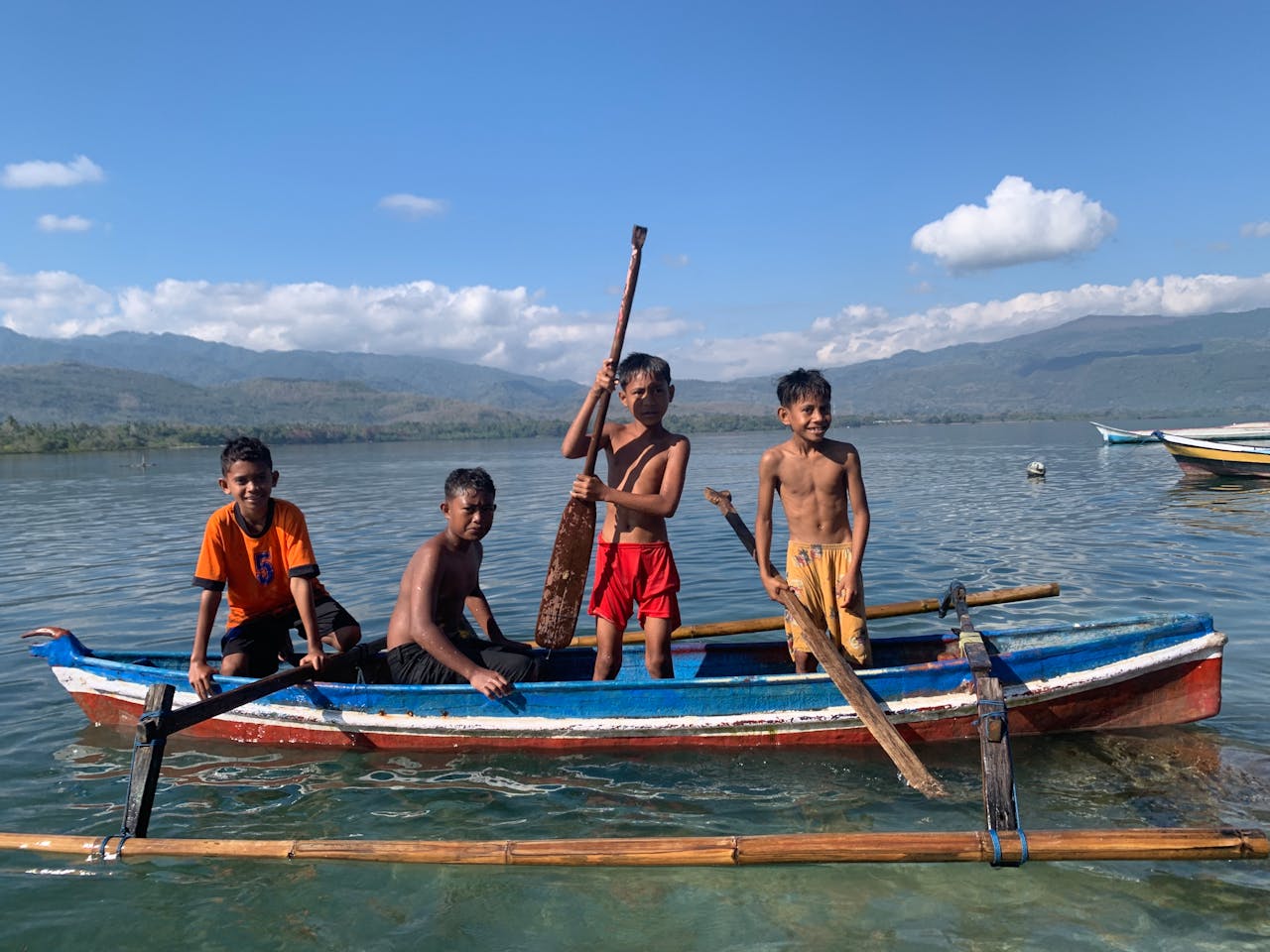
Comments (0)
Please login to leave a comment.